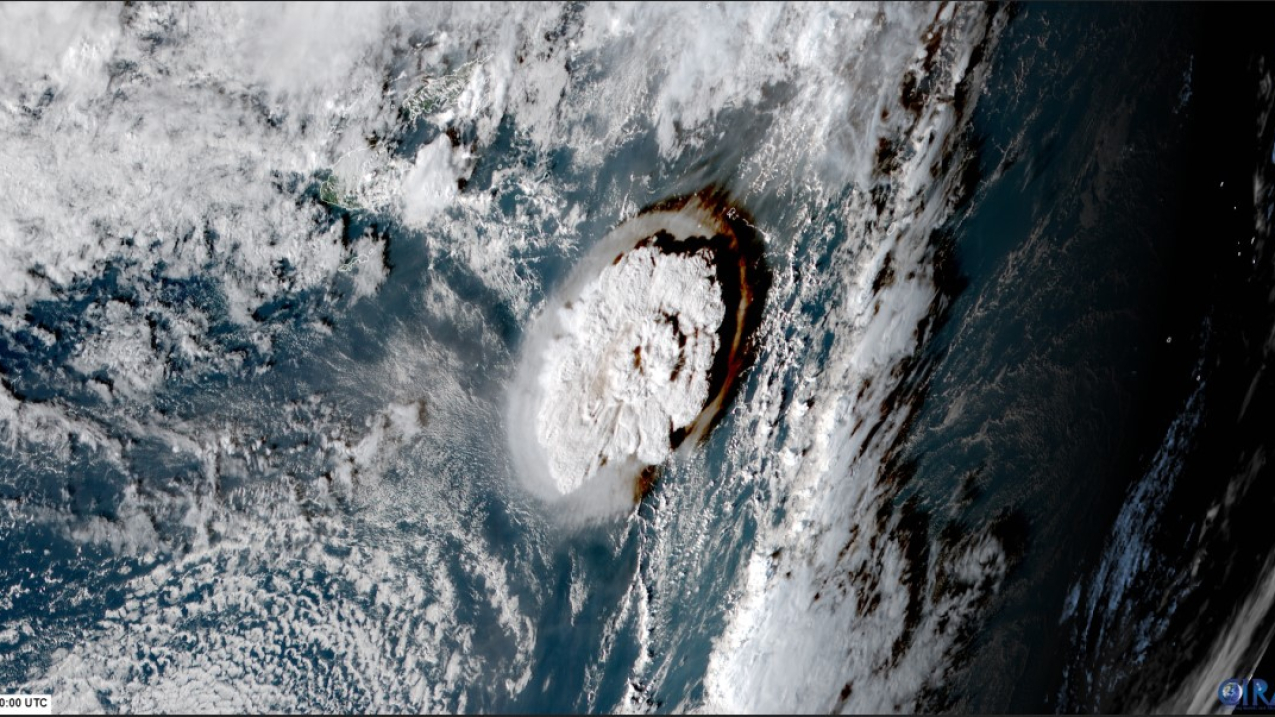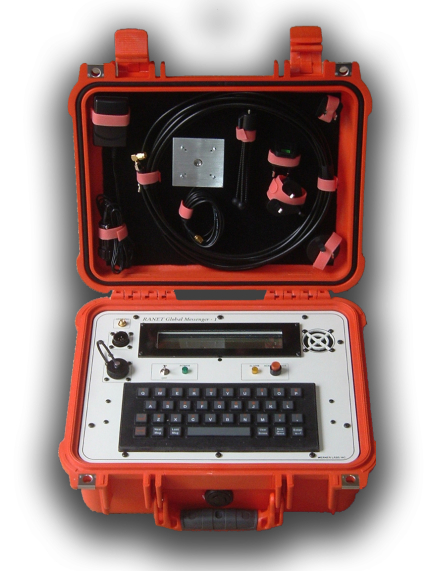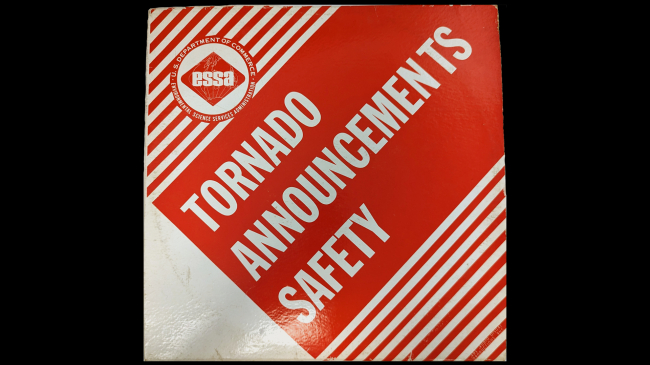Agency expands use of “Chatty Beetle” devices

Satellite imagery of the Tonga-Hunga Ha’apai volcano in the South Pacific Ocean on January 15, 2022. (Image credit: CSU/CIRA and JAXA/JMA)
As Tonga’s Hunga Tonga-Hunga Ha'apai volcano began to erupt on January 15, 2022, it sent more than tsunami waves across the Pacific Ocean — some forms of communications in the region were sent into the dark, too. The eruption broke an underwater communications cable, leaving most of the island nation without internet access and other forms of communication.
“Chatty Beetles”

Among the first successful communications in the days following the eruption were from specialized communication devices called “Chatty Beetles.” These devices notified key agencies that communication networks were down in Tonga, and that staff at the Tonga Meteorological Service and their families were safe. Chatty Beetles at the Fiji Meteorological Service and the Weather Service Office in Pago Pago, American Samoa, were linked with the Chatty Beetles in Tonga to provide updated weather information and assist in transmitting weather observations.
The Chatty Beetle is a portable iridium satellite terminal that permits text-based alerts and messaging in remote locations where communication options are limited. The idea for the device was conceived with the goal of helping Pacific Region disaster managers warn residents of approaching tsunamis at night. Its rugged design can withstand harsh, humid conditions, its case is virtually indestructible and it can operate on internal batteries.
The Chatty Beetle sends communities potential weather hazard alerts while also supporting two‐way messaging, allowing operators to provide status reports and other field observations. Use of these devices has resulted in improved services and timely receipt of forecasts and warnings.
With funding from the U.S. Agency for International Development (USAID), NOAA’s National Weather Service has worked with the University Corporation for Atmospheric Research (UCAR) and the University of Hawaii to deploy these critical devices to partners throughout the Pacific. To further assist with the emergency response, and in response to an urgent request from the Government of Tonga, as of this writing, NOAA continues to work with USAID to deploy seven additional Chatty Beetle units and their repair parts.
Long-term delivery services
Chatty Beetles are only one part of NOAA’s continuing contributions to the tsunami response. NOAA’s Pacific Tsunami Warning Center directly serves the Hawaiian Islands, the U.S. Pacific and Caribbean territories, the British Virgin Islands and is the primary international forecast center for the Pacific and Caribbean Basins. The International Tsunami Information Center (ITIC), a NOAA partnership with the Intergovernmental Oceanographic Commission (IOC), is a specialized agency within the United Nations system. ITIC works with countries to ensure they understand PTWC tsunami threat information and prepares them for the next tsunami.
In the aftermath of the tsunami, NOAA is working with the Government of Tonga to strengthen their remote emergency communications systems and to implement emergency tsunami alert protocols should the volcano erupt again. To facilitate, tsunami check-in calls with Tonga Meteorological Services began on January 25 and are continuing daily.
Additionally, the ITIC is assisting Tonga by coordinating support and expertise, as well as to ensure the appropriate systems and important actions are able to be supported. These efforts will also help to ensure that other important considerations are not overlooked and response efforts are not duplicated.
All of these actions take place in the context of a variety of longer term capacity building efforts where NOAA is engaged in building vital meteorological service delivery capabilities in the Pacific. In coordination with partners including USAID and the World Meteorological Organization, these efforts include contributions from NOAA’s Pacific International Training Desk offsite link, NWS’s Weather-Ready Nation and the NWS TsunamiReady® Program; and UCAR and the Hydrologic Research Center work with local meteorological services, emergency managers and other partners to implement best practices for decision support.
Media contact
Susan Buchanan, susan.buchanan@noaa.gov, 301-427-9000



